Time-honored brands update products, marketing strategies to boost profits
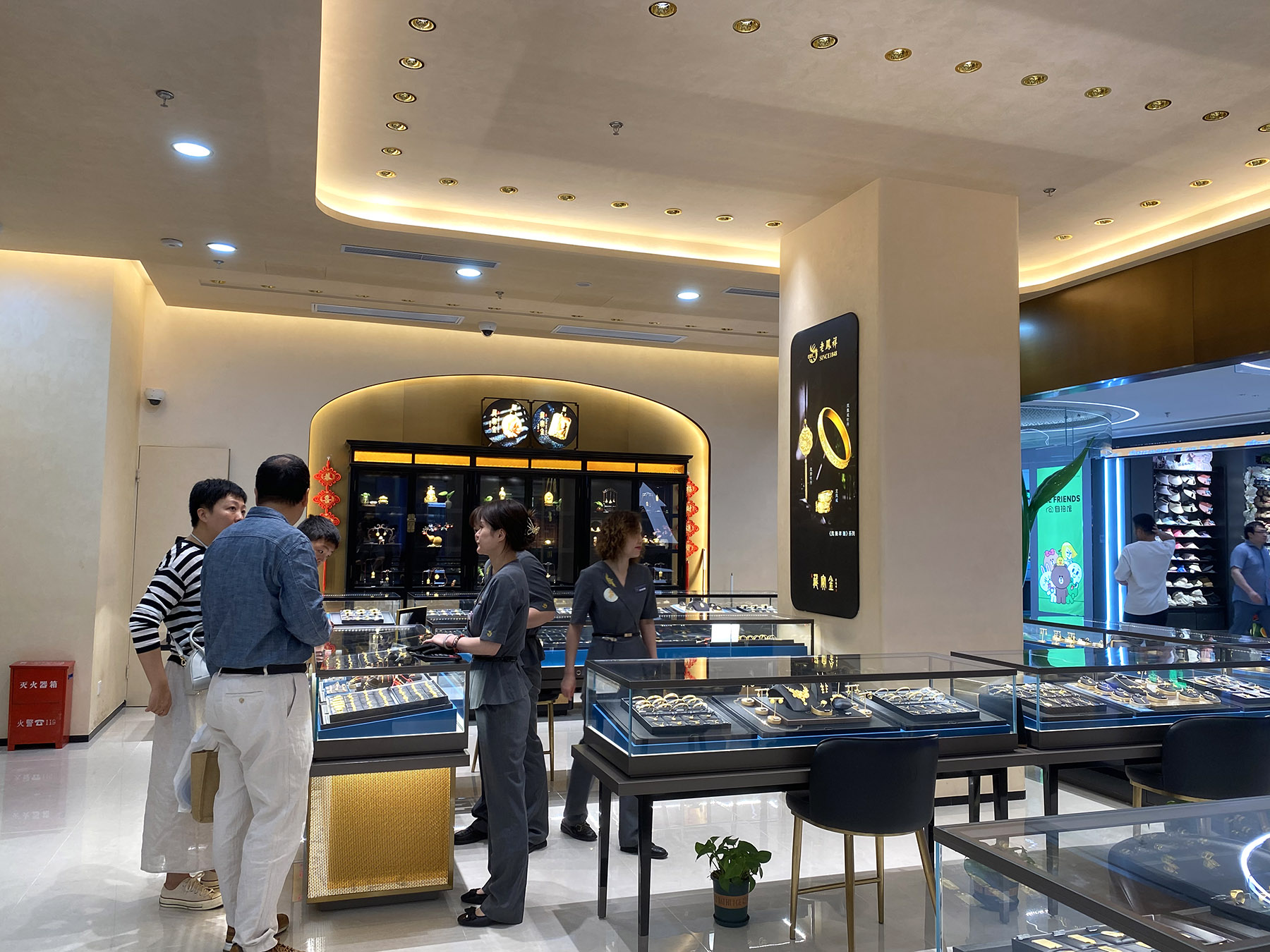
Office worker Dai Qingxiang, 28, recently found herself facing a dilemma. She was considering buying gold accessories to add bling to her wardrobe, but the precious metal's soaring price was making her think twice.
Dai was finally persuaded by a close friend, Liu Nushi, to make the purchase, and on a sunny afternoon in May, she went to a jewelry store in Shanghai's southwestern Xuhui district to buy the accessories.
Her initial reticence was understandable given the current global gold price surge. Due to healthy investment from the over-the-counter transactions market, ongoing central bank buying, and higher demand from Asian buyers, gold prices rose to a record quarterly average of $2,070 per ounce in the first quarter, World Gold Council data showed. The amount is 10 percent higher year-on-year and 5 percent higher quarter-on-quarter.
READ MORE: Gold prices surging to record highs
Domestic gold demand saw a 3 percent year-on-year growth in the first quarter, noticeably higher than the average of the past decade, the World Gold Council said.
As young Chinese consumers shun traditional investments in favor of gold products, local Shanghai jewelry brands are trying their best to cash in on the rising demand with innovations in craftsmanship and consumer products.
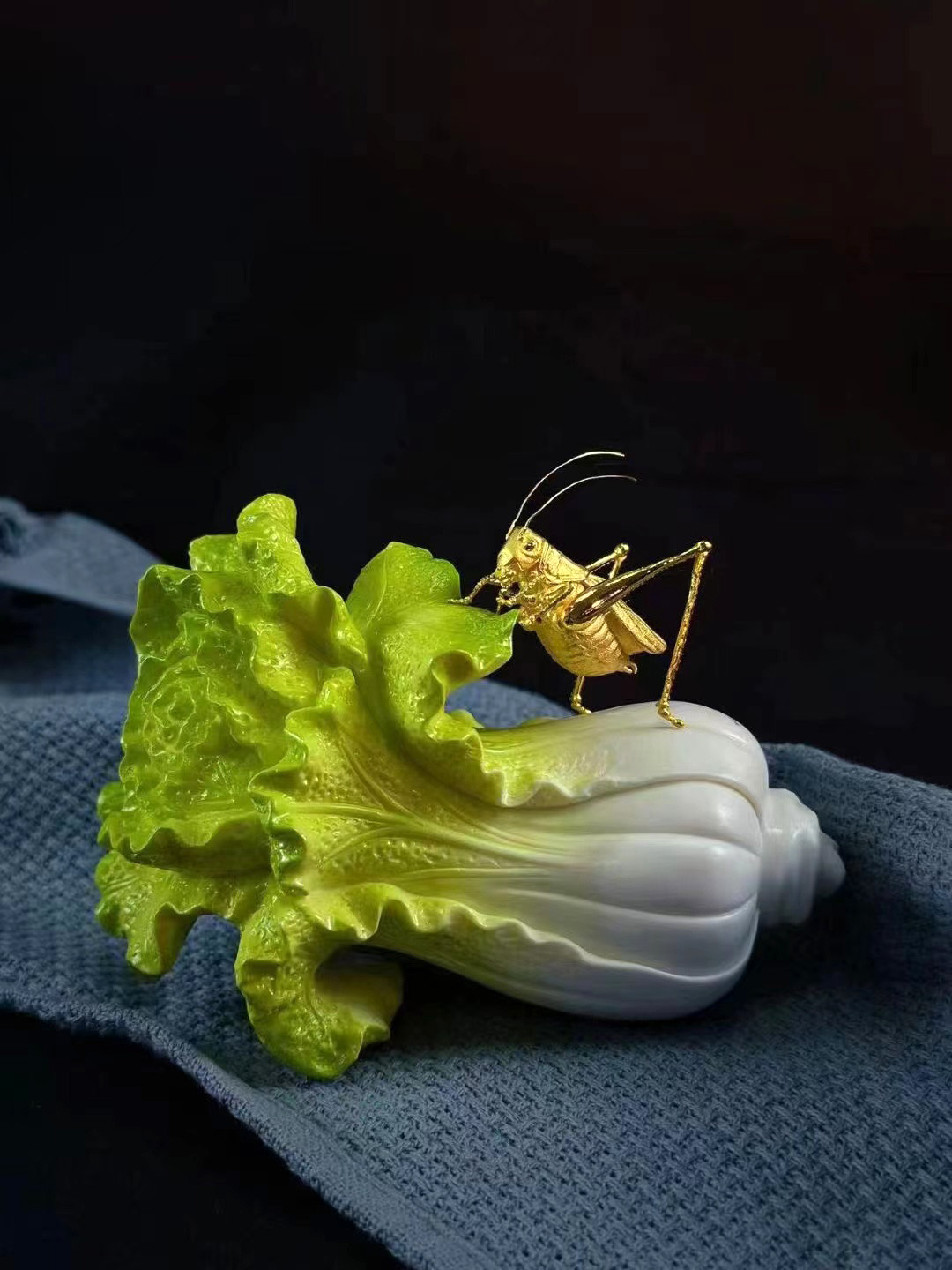
Adapting to demand
Shanghai Jinchenghuang is a time-honored brand established in Shanghai in 1934, and the privately owned company has preserved gold jewelry-making techniques for four generations.
Lin Zechao, general manager of Shanghai Jinchenghuang Industrial Group Co, said to maintain its market strength, his company has conducted surveys to better understand consumers' needs, upgraded its craftsmanship and carried out targeted marketing.
Lin believes that adapting to new trends while upholding quality standards is key for jewelry brands to remain attractive to Chinese consumers, regardless of their age, interests or background.
With East China as its core market, the jewelry chain currently operates 300 retail outlets across the country.
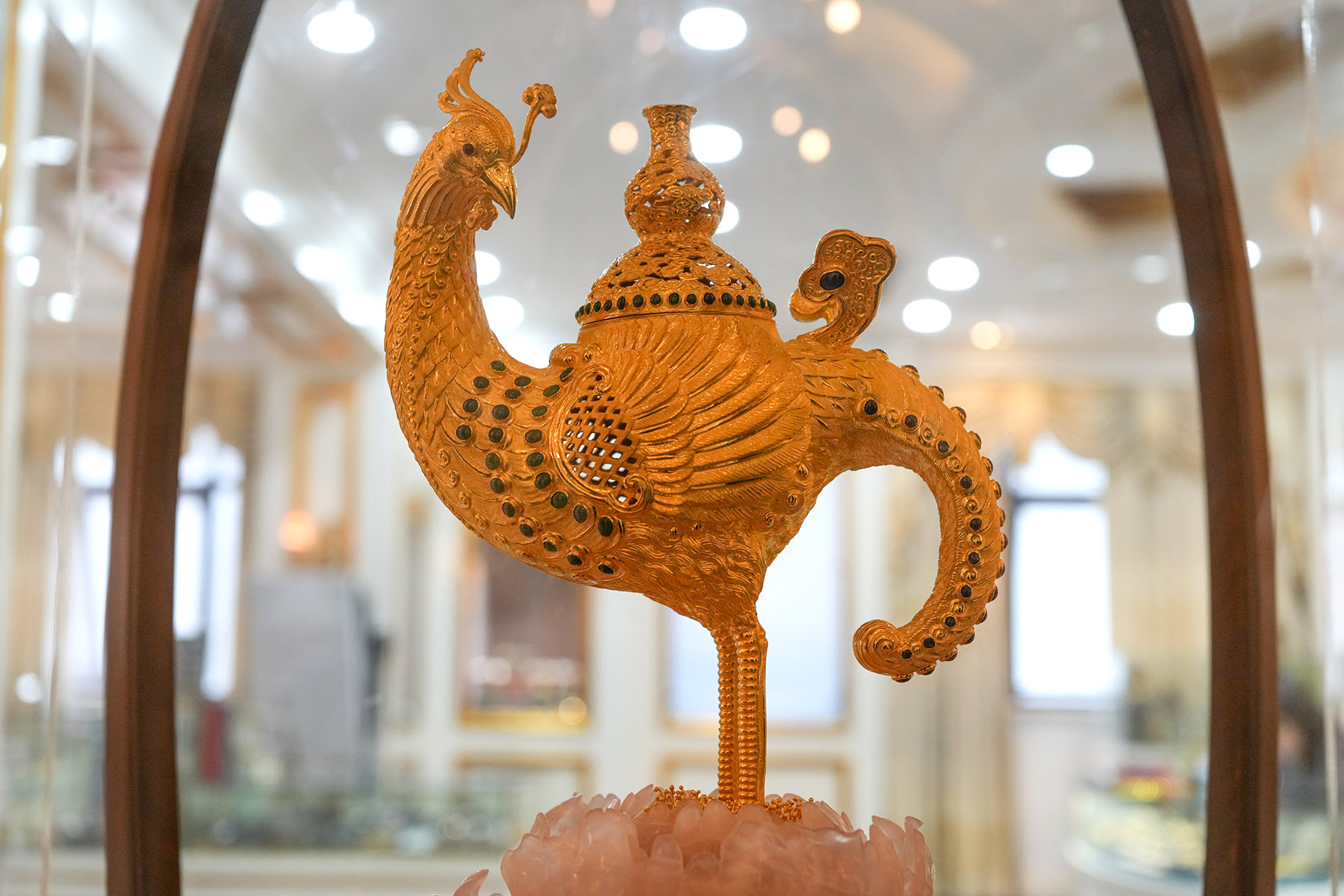
It differentiates between target markets, with Jinchenghuang now paying more attention to meeting the daily fashion needs of women aged 25 to 50.
"Our products are usually developed after systematic research of a targeted consumer group's preferences on style and design elements," Lin said.
After examining the survey results, the company discovered that smaller and hard gold accessories can withstand market changes to remain popular with consumers.
Lin added their gold bar sales saw 30 percent year-on-year growth in 2023, and he is confident these sales will further pick up this year.
"We've made investments in innovation, research and development on an annual basis, including developing and launching products in accordance with the latest consumer preferences," Lin said.
Whether it is 3D hard gold, heritage gold, or other innovative products, consumers are paying more attention to unique designs and crafting technologies.
Thanks to innovative designs using gemstones and diamonds, hard-gold and heritage-gold jewelry had outstanding sales in the first quarter in comparison with other categories of accessories, said Wang Lixin, regional CEO with the World Gold Council of China.
Consumers tend to prefer lighter, lower-priced products, Wang added.
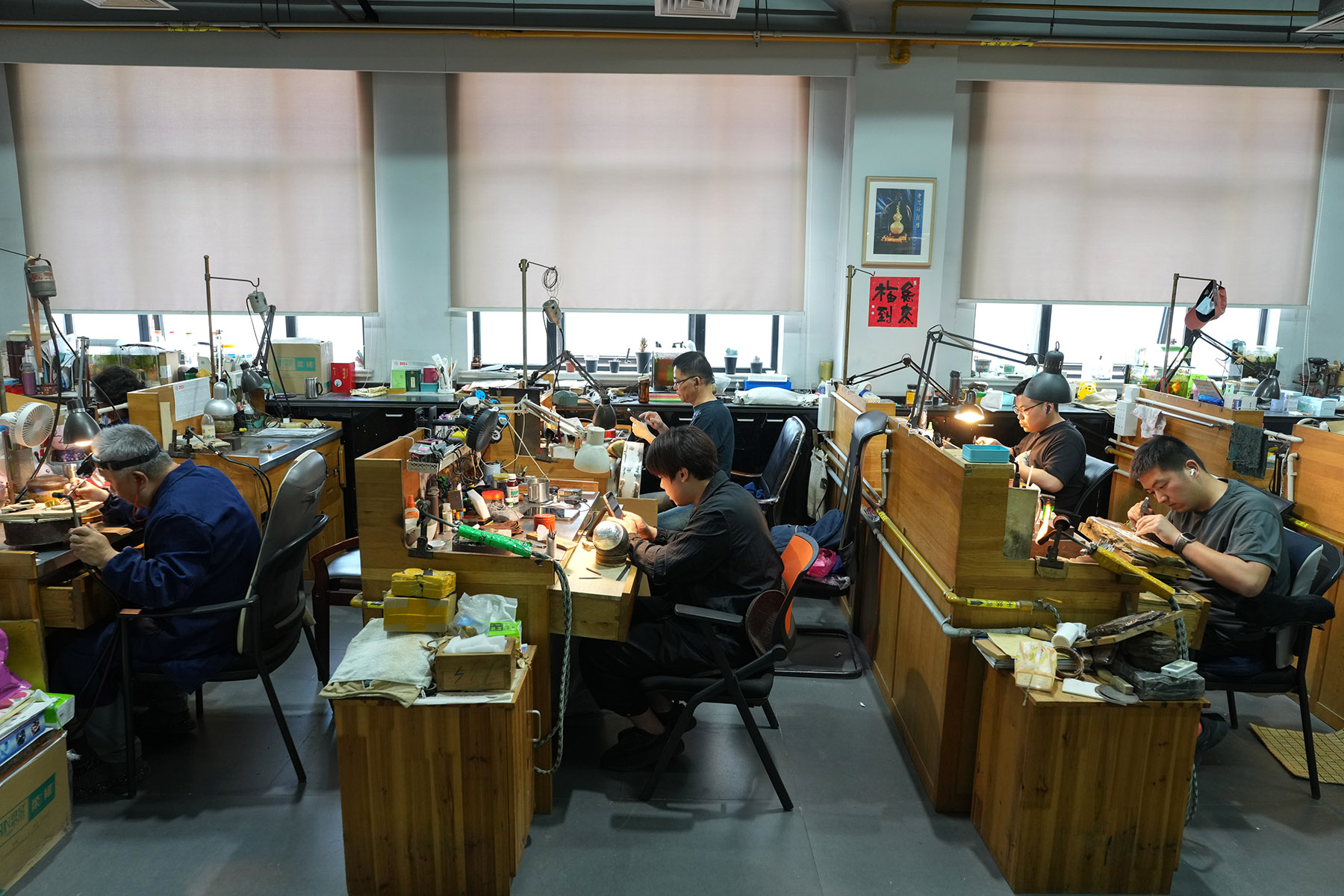
Past meets present
Lao Feng Xiang is one of China's oldest jewelry brands and its history can be traced back to 1848 in the Qing Dynasty (1644-1911). However, it is acutely aware that to continue prospering it must cater to the needs of a younger generation while keeping its older customers happy.
"Young people prefer products with meaning," said Lu Jing, marketing manager with Shanghai Laofengxiang Co. "They care about flowers, love and life, while the older generation cares more about blessings, safety, health and wealth."
As a time-honored brand with a long history, Lao Feng Xiang knows that the secret to staying competitive is maintaining the quality of traditional craftsmanship and culture while introducing innovative products and techniques, Lu said.
In Chinese culture, feng, the phoenix, is the king of all flying creatures, and xiang means auspicious. The brand's name denotes good luck and it is a fitting emblem for a brand perched at the top of the domestic jewelry market.
According to Lu, as the gold market has expanded across the world, gold-making techniques have undergone development and innovation, and have offered new opportunities for retailers to explore.
Lao Feng Xiang has developed two new store concepts to add to its traditional jewelry shops.
One is Cang Bao Jin, or gold treasure, and the other is Feng Xiang Xi Shi, which celebrates a variety of life events.
Cang Bao Jin stores are decorated in a more traditional and elegant way with a focus on Chinese elements, a concept which is reflected in the products on sale.
"In our Cang Bao Jin-themed stores, the interior decorations are in the colors of black and yellow, which immediately sets them apart from our regular stores," said Cao Cong, a manager at Lao Feng Xiang Jewelry in Shanghai's Xuhui district.
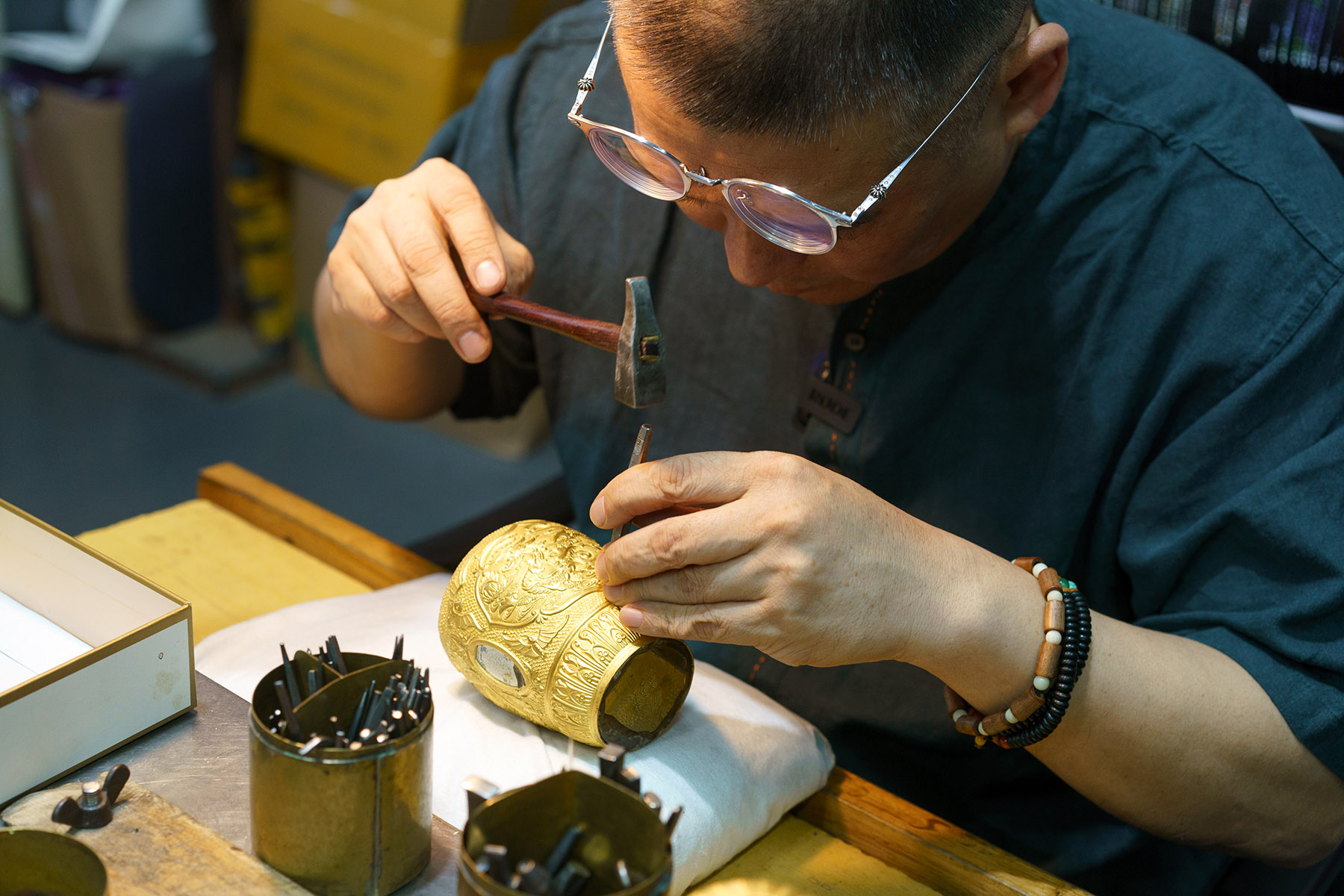
Gold consumers are usually older people, but since the launch of the Cang Bao Jin products many young people, including women aged in their 20s, are buying gold fashion accessories, Cao said.
The Feng Xiang Xi Shi stores are based on special consumption scenarios, Lu said.
Launched last year, when the brand celebrated its 175th anniversary, the Feng Xiang Xi Shi-themed stores look to tap into young generations' need to celebrate important life moments including marriages, childbirths, promotions, housewarmings, birthdays and family reunions, with something "meaningful and memorable".
Lao Feng Xiang can have three stores in a single shopping center that cater to different consumer tastes, Lu said.
"Consumers, especially the young generations are fond of traditional Chinese culture. Therefore, from our perspective, we try to impress them with tradition and culture," Lu said.
Thanks to sticking to both inheritance and innovation, the company has seen its sales revenue snowball from 710 million in 2001 to 71.4 billion yuan ($9.85 billion) last year.
"For more than two decades we have maintained double-digit annual revenue growth, coupled with our store numbers soaring from about 230 branches in 2001 to up to 6,000 worldwide," Lu said.
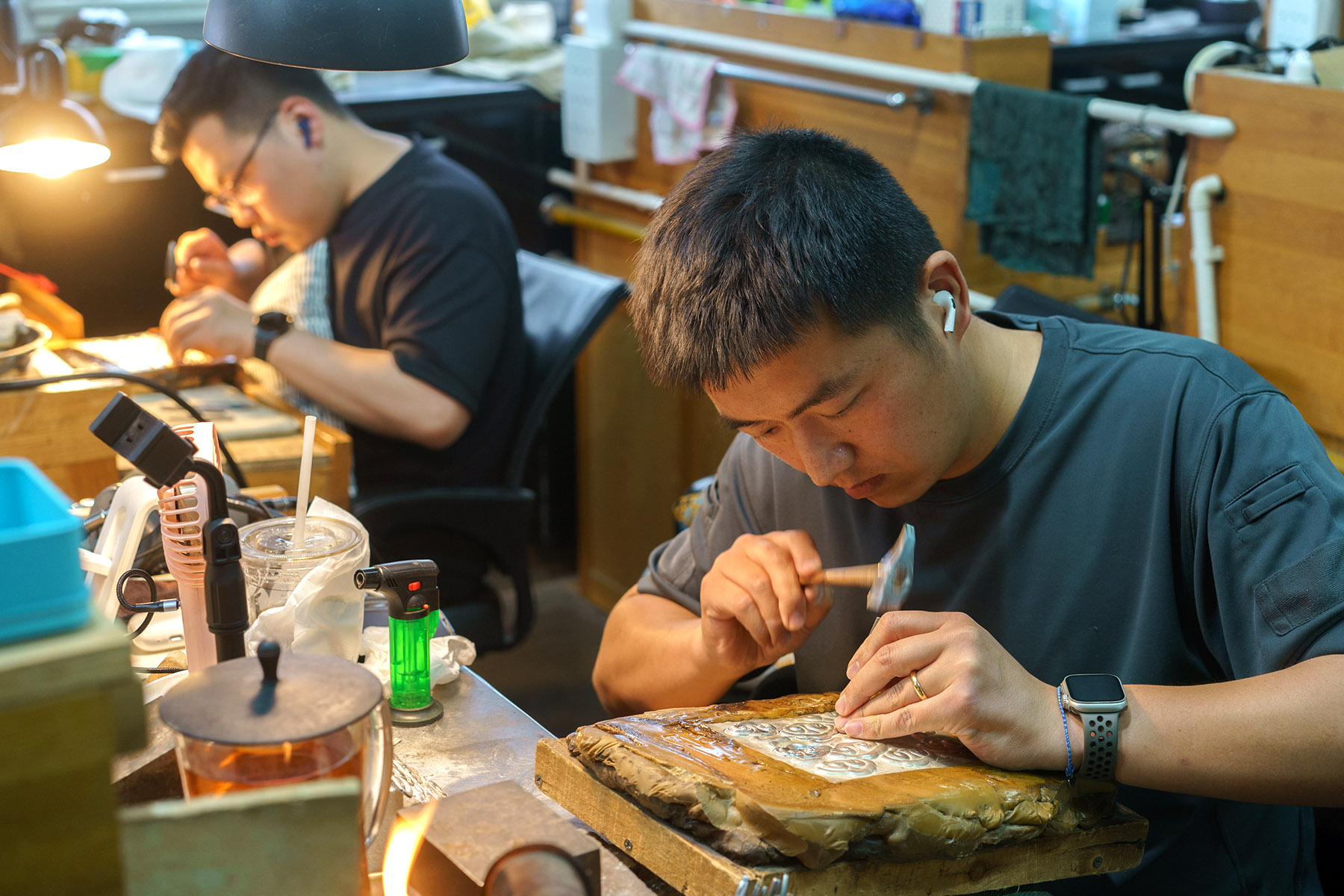
Unfaded luster
In April, 2013, Chinese consumers spent 100 billion yuan to buy 300 metric tons of gold over 10 days when gold prices plunged. Their big buying was a key factor in stabilizing gold prices that year.
Overall gold sales and investment demand are expected to remain at a healthy level in the coming quarters, said Wang from the World Gold Council of China.
However, there are growing concerns about a slowing in the sales of gold accessories due to seasonal factors and consumer uncertainty over global gold prices.
Wang, citing a council report, said: "The weak demand is likely to extend into the second quarter. As consumers' wait-and-see attitude carries on, gold jewelry sales will be under pressure in the second quarter, which is also a traditionally slow season in jewelry consumption."
"Such a situation, together with the fierce market competition, has put Chinese gold retailers under mounting pressure to stay profitable," Wang added.
Lu from Lao Feng Xiang said, "entering March and April, the market stagnancy spread as more people became hesitant about gold consumption".
Lin Zechao, general manager of Shanghai Jinchenghuang Industrial Group Co, said due to soaring raw material prices and uncertainties in the gold market, many consumers are postponing their purchases.
ALSO READ: Luxury shopping over extended holiday heating up
However, Wang said hard gold products are projected to continue to have a better-than-average performance, because they are lighter, priced lower and are more suitable for wearing in summer.
"Against the slip in jewelry demand volume, the combined values of the gold accessories purchased across China saw a 9 percent year-on-year increase to about 90 billion yuan, which is the second highest quarterly demand only after the second quarter of 2013," said Wang.
Liu, the close friend of Dai, believes the right time to buy gold jewelry is when prices are rising, not when they are falling.
"I used to buy gold accessories for our family members. The choices differed according to their taste," said Liu as she looked at butterfly and flower-shaped accessories in a Shanghai store.
"For my mother, I usually choose something simple and reserved, but for myself I focus on the better-looking ones."
Luo Bin in Shanghai contributed to this story.


